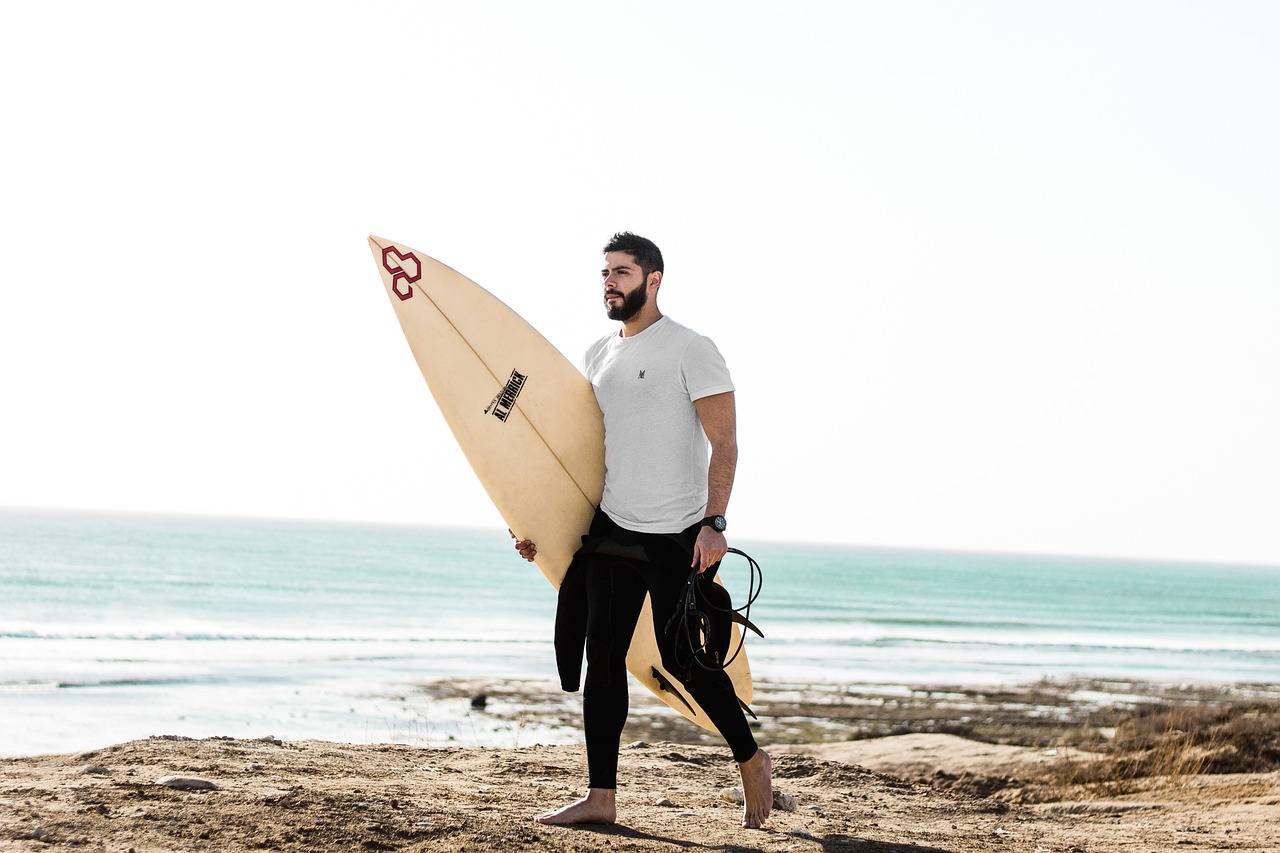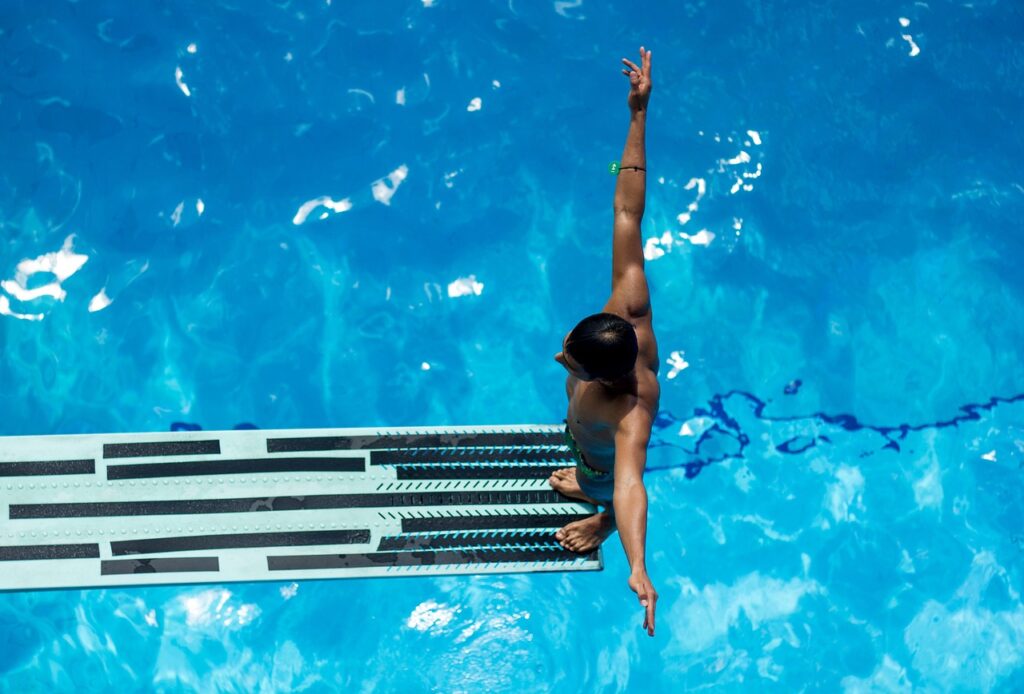The question “Is surfing an Olympic sport?” has piqued the curiosity of many around the world. Surfing, with its roots deeply embedded in Hawaiian culture and its modern-day presence felt globally, has long been recognized for its athleticism, skill, and cultural richness. But how did this thrilling sport make its way into one of the most prestigious sporting events in the world? In this blog post, we will explore the journey of surfing to the Olympics, its impact, and what it means for surfers and fans alike.
The Journey of Surfing to the Olympics
Surfing’s journey to the Olympic Games was a long and passionate endeavor, championed by numerous enthusiasts and organizations over the decades. The International Surfing Association (ISA) played a pivotal role in pushing for the sport’s inclusion. Founded in 1964, the ISA worked tirelessly to promote surfing globally, organizing world championships and fostering a community of surfers dedicated to highlighting the sport’s competitive and cultural significance.
In 2016, their efforts saw a significant triumph. During the 129th International Olympic Committee (IOC) Session in Rio de Janeiro, it was announced that surfing would make its debut at the 2020 Tokyo Olympics. This decision marked a historic moment, not only for the surfing community but also for the Olympic Games, as it acknowledged the global appeal and athletic prowess inherent in surfing.
Surfing in the Tokyo 2020 Olympics
The inclusion of surfing in the Tokyo 2020 Olympics was met with immense excitement and anticipation. The competition took place at Tsurigasaki Beach, located on Japan’s Pacific coast. This venue was chosen for its consistent waves, ensuring an excellent showcase of surfing talent.
The event featured both men’s and women’s shortboard competitions, with 20 male and 20 female surfers from various countries competing. The format consisted of multiple rounds, including preliminary heats, quarterfinals, semifinals, and finals. Each surfer’s performance was judged based on their wave selection, maneuvers, speed, power, and flow.
The Impact of Surfing’s Olympic Inclusion
Surfing’s inclusion in the Olympics brought significant positive impacts to the sport. Firstly, it provided a global platform for surfers to showcase their skills and gain recognition. Competing on the world’s biggest sporting stage allowed surfers to achieve the highest level of athletic acknowledgment.
Secondly, it boosted the sport’s visibility and popularity. The Olympic spotlight introduced surfing to new audiences, inspiring countless individuals to take up the sport. Surf schools and coastal communities worldwide experienced a surge in interest and participation, contributing to the growth of surfing at grassroots levels.
Lastly, the Olympic inclusion spurred advancements in surfing technology and training methodologies. With higher stakes, surfers and their teams invested in cutting-edge equipment, training facilities, and performance analytics, elevating the overall standard of competitive surfing.
Surfing Clothes
Every sport has its unique gear, and surfing is no different. The right clothing can make a significant difference in a surf session, providing comfort, flexibility, and protection against the elements. For many, the choice of surfing clothes goes beyond functionality, reflecting personal style and the vibrant surf culture.
Typically, surfing attire includes wetsuits, rash guards, and board shorts. Wetsuits are essential for surfers in colder waters, offering thermal insulation and protection against abrasions. Rash guards, made from spandex or polyester, are worn to prevent chafing and sunburn, especially in warm water. Boardshorts are a staple for surfers in tropical climates, designed for durability and quick-drying properties.
In recent years, there has been a growing trend towards more stylish and designer surfwear. Brands are now offering a range of options that combine performance with fashion. It’s not uncommon to see surfers sporting high-quality wetsuits with sleek designs or rocking designer swim trunks on the beach. This fusion of style and practicality allows surfers to express their individuality while staying functional in the water.
Future of Surfing in the Olympics
The successful debut of surfing in the Tokyo 2020 Olympics has set a promising precedent for the future. With the sport’s inclusion confirmed for the Paris 2024 Olympics, the surfing community is eagerly anticipating what lies ahead. The event will be held at Teahupo’o in Tahiti, a world-renowned surf spot known for its powerful and challenging waves.
Looking further ahead, there is optimism that surfing will maintain its place in the Olympics, continuously evolving and inspiring new generations of surfers. The increased exposure and investment in the sport are expected to drive further advancements in technology, training, and environmental conservation efforts, as the surfing community continues to advocate for the protection of oceans and coastlines.
Surfing’s inclusion in the Olympic Games is a testament to the sport’s global appeal, athletic excellence, and rich cultural heritage. From its humble origins to its debut on the world’s biggest sporting stage, surfing has captivated hearts and minds around the globe. The impact of this milestone extends beyond the competitive arena, fostering growth, innovation, and a deeper appreciation for the ocean.




